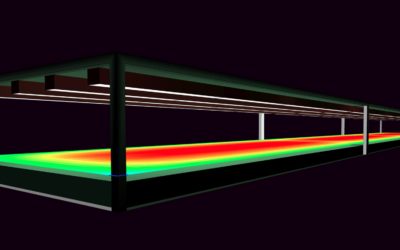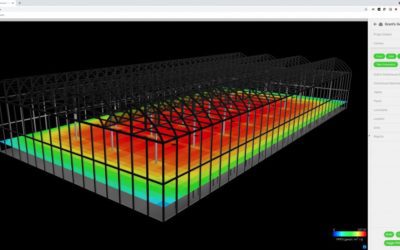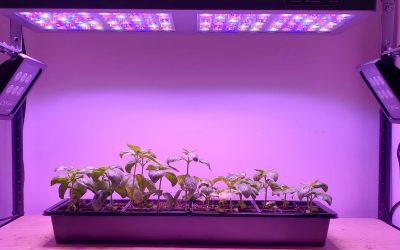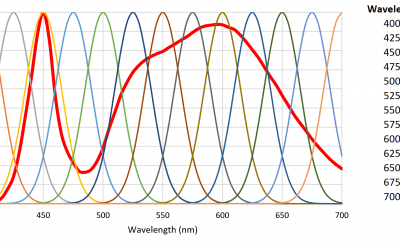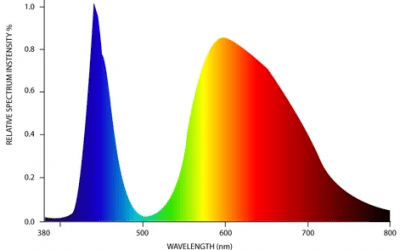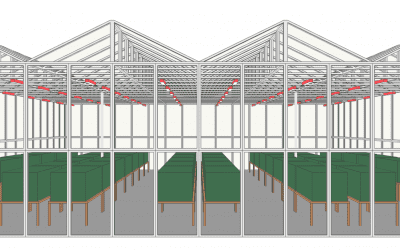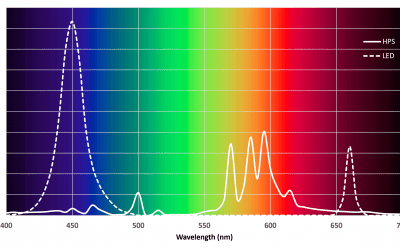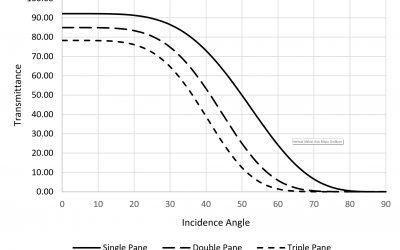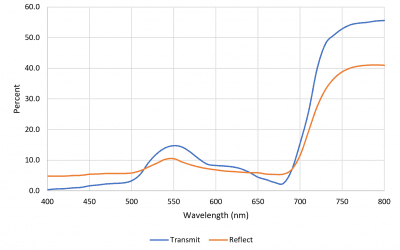Written in 2015, “Greenhouse Design and Control” (Ponce et al. 2015) is extraordinarily comprehensive in its coverage of greenhouse design issues, from site selection through structural load bearing analysis and ventilation technologies to greenhouse automation using adaptive neural fuzzy inference systems. On the topic of greenhouse lighting, however, it has only this to say: “The light level in the greenhouse should be adequate and uniform for crop growth.”
Horticulture
Image by Freepik
Quantifying Light Pollution Sources
time light pollution is sadly familiar to all of us. While our grandparents and great-grandparents may talk fondly of seeing the Milky Way in their youth, with thousands of stars scattered across the dark summer sky, we are mostly content with seeing a few dozen stars through the never-ending dusk of urban and suburban skies.
Horticultural Lighting Design and Déjà Vu
The phrase déjà vu translates from French as “already seen,” which nicely describes a current issue with horticultural lighting design. The introduction of LED technology may have kick-started horticultural lighting as an innovative industry, but we have yet to learn...
The Effect of Near-Infrared Radiation on Plants
Look at any textbook on botany and you will find this maxim: plants respond to optical radiation in the spectral range of 280 nm to 800 nm. Period, end of discussion. The question is, how was this spectral range (sometimes referred to as Photobiologically Active...
Specifying LED Colors for Horticultural Lighting
This paper proposes an LED “color” specification that represents a given SPD using a small number of radial basis functions, to provide a metric for comparing biologically similar SPDs. It further introduces a trainable fuzzy logic SPD classifier that can compare biologically similar SPDs for specific horticultural applications.
Defining Photosynthetic Photon Efficacy
There has been some discussion online and in presentations recently about the issue of photosynthetic photon flux. The argument goes as follows: Photosynthetically Active Radiation (PAR) is somewhat arbitrarily defined as optical radiation within the spectral range of...
Climate-based Annual Daylight Modelling for Greenhouses with Supplemental Electric Lighting
Recent advances in LED-based luminaire design have enabled greenhouse operators to temporally control both the photon flux density and spectral irradiance incident upon the plant canopy.
Greenhouses and Light Pollution
Supplemental electric lighting for greenhouses may be essential for extending the growing season in northern climates, but it comes with a not-so-hidden cost: environmental light pollution. The consequences of this pollution may range from irate neighbours in rural...
Light Transmittance through Greenhouse Glazing
Ian Ashdown, P. Eng., FIES, Senior Scientist, SunTracker Technologies Ltd. Published: 18/10/01. Look at a greenhouse manufacturer’s product specifications and you will see that the light transmittance of single-pane clear glass is typically 88 to 91 percent. Compared...
Far-Red Lighting and the Phytochromes
Ian Ashdown, P. Eng., FIES, Senior Scientist, SunTracker Technologies Ltd. Published 18/06/04. Most LED grow lights feature blue and red LEDs whose peak wavelengths – approximately 450 nm for blue and 660 nm for red – have been chosen to coincide with the spectral...
